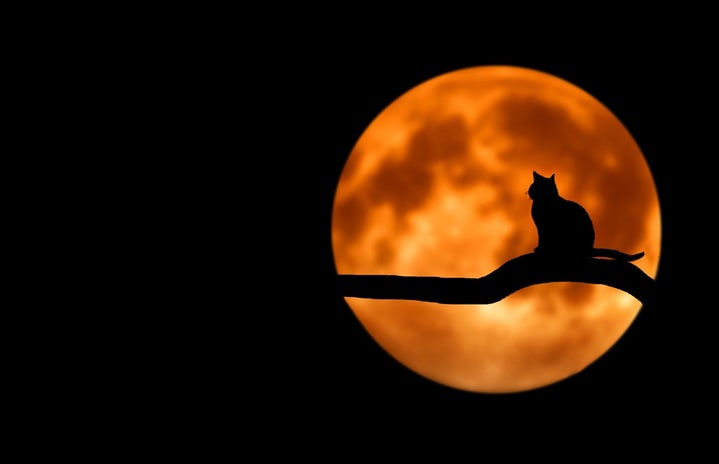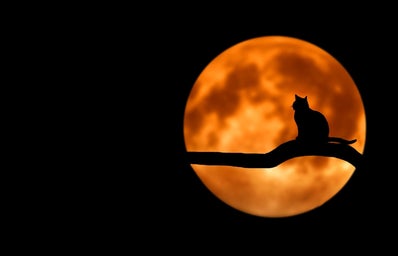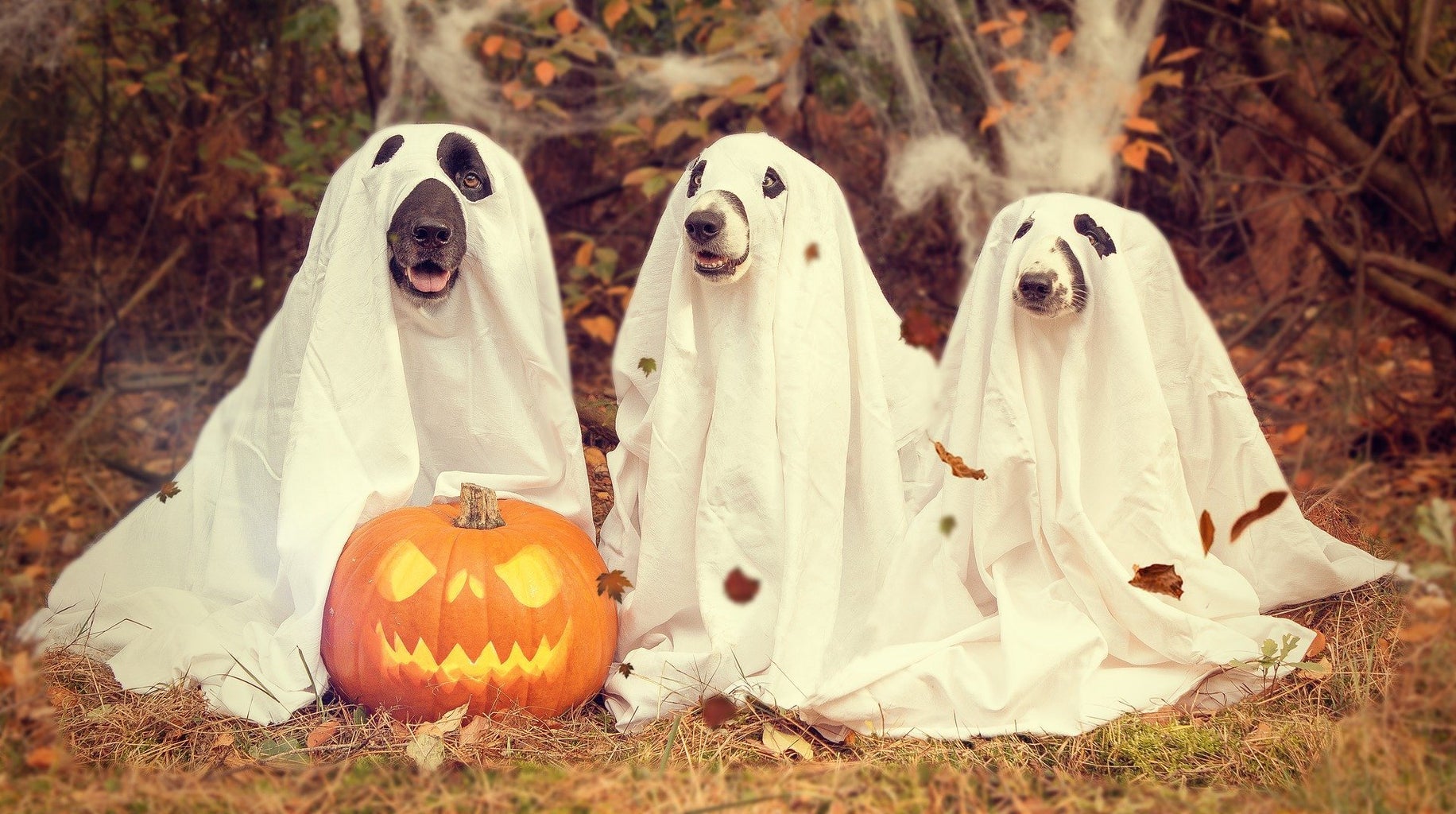It’s the best time of the year! October comes fall colors, cozy recipes, and my personal favorite, Halloween. The time of year when everything seems to be orange and black, cobwebs show up everywhere, and the stress of the perfect costume sets in. We are so used to candy overload and spooky movies everytime October rolls around, but where did these deep-rooted traditions come from? The history of this holiday is an interesting one, dating back thousands of years across the Atlantic.
October
So, where did Halloween come from anyway? Over 2,000 years ago, the Celts, who lived in present-day Ireland and the United Kingdom, celebrated the Celtic festival of Samhain (‘sow-in’) on October 31st, the day before their new year. November 1st marked the end of summer and the beginning of the long, cold winter ahead, a time of year associated with human death. The Celts believed that on the night of the 31st, the veil between the living and the dead dissipated, and the ghosts of the dead returned to earth (similar to Dia de los Muertos, right?).
Costumes
To celebrate Samhain, Celtic priests would build huge sacred bonfires. In these bonfires, people gathered to burn their crops and animals as sacrifices to the Celtic deities. The Celts often wore costumes to this event, consisting of animal heads and skins. By the end of the ceremony, they would go home to light their hearth fires to help protect them during the coming winter season.
Trick-or-treat
So what about trick-or-treating? During some Celtic celebrations of Samhain, the villagers dressed in costumes made of animal heads and skins in an attempt to drive away ghosts. Long tables were dressed with plates of food as a sort of offering to the spirits in hopes that they would be less hostile. In later centuries, villagers began dressing as ghosts, demons, and other creatures. Dressed in their costumes, villagers would perform antics for royalty in exchange for food and drink.
As time went on, a practice known as “souling” became popular. This was the act of poor people visiting wealthier families and praying for their dead relatives in exchange for parties called soul cakes. This evolved in Scotland and Ireland into guising, when young people (often children) dressed up in a costume and went door to door reciting a song, joke, or “trick” in exchange for their treat, which usually consisted of fruit, nuts, or coins.
Now that you know all about the history of Halloween, maybe sharing your new knowledge can be your “trick” this year!




